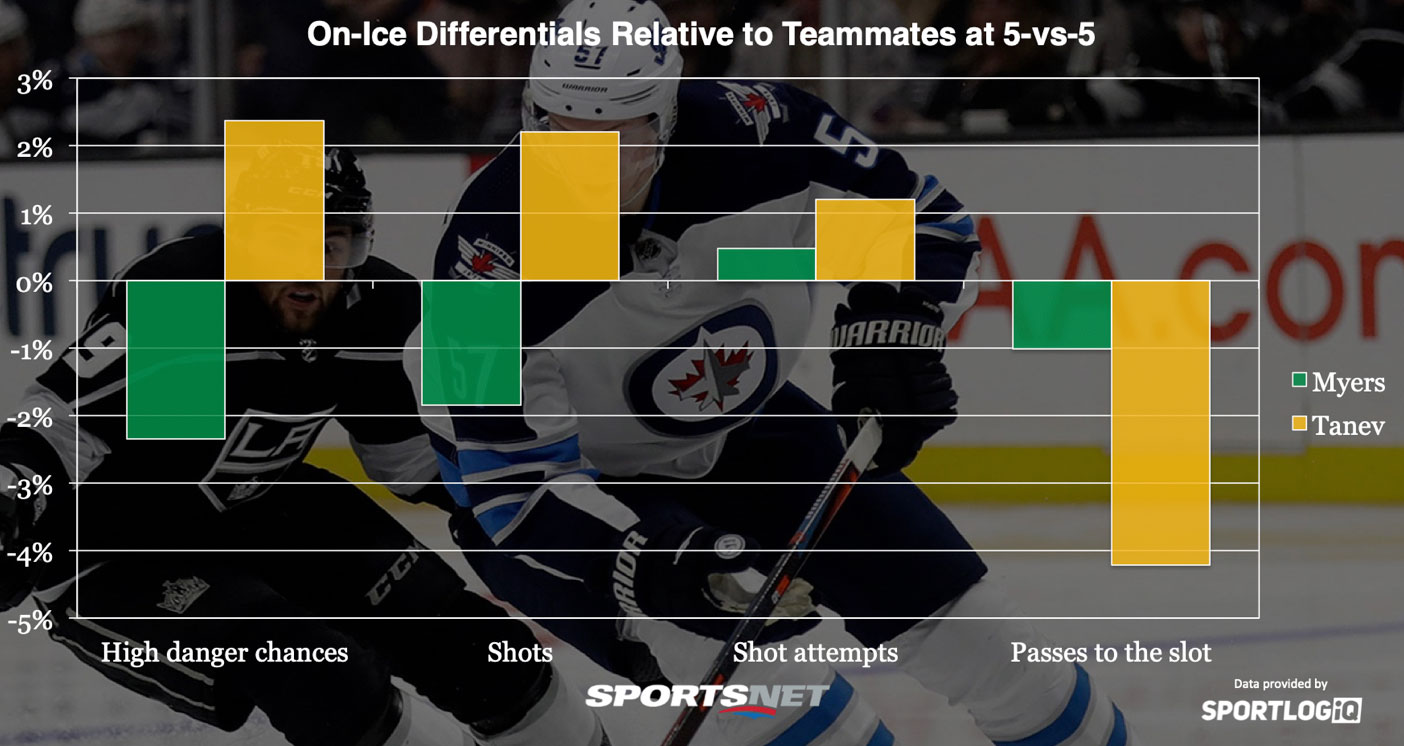Let’s look at the Tyler Myers contract as an example. The Vancouver Canucks controversially gave Myers a deal worth $30 million over five seasons.
Based on that salary and the cost of a win, the Canucks are expecting Myers to provide nearly six wins of value over the duration of his contract which is in the territory of a No. 2 defenseman. So too is his cap hit percentage which is the 39th largest for a defenseman. By GSVA – and after factoring for more ice-time and perhaps even a larger opportunity on the power play –
Myers is expected to only provide two wins of value over the next five years – just over one-third of what’s expected of him. It’s an overpayment of over $14 million, nearly half of his total contract worth. At five years (it really shouldn’t have been five years), $3.1 million per would’ve been much more palatable.
There is a chance this does work out though. A small one, but a chance nevertheless. In Year 1, Myers is projected to earn 0.64 wins, but needs 1.29 to be worth his pay check, with one standard deviation being 0.59 wins. In every subsequent year the difference between his value and what’s expected of him increases due to ageing, but so too does the variance of his projection. In all, Myers is consistently projected to be one standard deviation below what he’s expected to provide his new team.
The chances he brings Vancouver positive expected value over the life of his deal: 16.8 percent. Not pretty, but not unexpected. That’s with the salary cap rising by about 3.5 percent annually – anything less makes the deal even harder to live up to.


